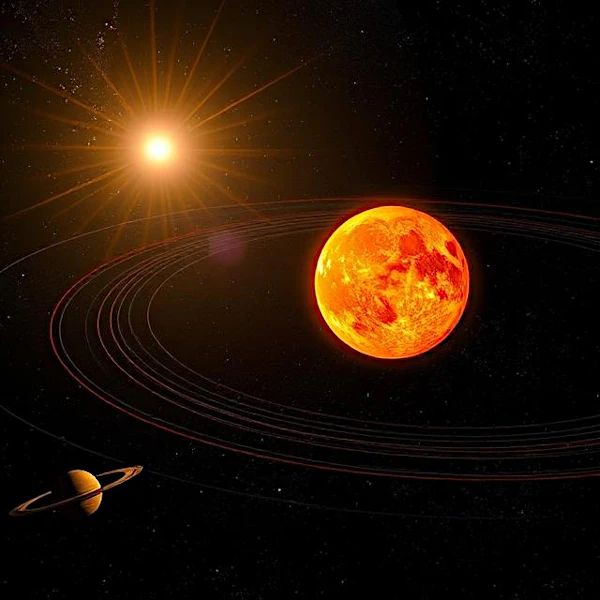
The Astronomical Unit (AU) is a fundamental measure of distance in astronomy, historically defined as the average distance between Earth and the Sun. Used to quantify distances within the Solar System, it allows for the practical expression of planetary orbits. Before its redefinition, the AU was linked to the dynamic parameters of Earth's orbit via the gravitational constant (G) and solar mass \(M_{\odot}\).
For a long time, the AU was determined by observations of astronomical phenomena such as the transits of Venus. The value of the AU depended on the application of Kepler's third law, mathematically formulated as \( \frac{a^3}{T^2} = \frac{G M_{\odot}}{4\pi^2} \) where (a) is the semi-major axis of Earth's orbit and (T) its period. Radar ranging measurements on Venus and space probes gradually refined its value, revealing the need for a more rigorous definition independent of gravitational uncertainties.
In 2012, the International Astronomical Union (IAU) adopted a new definition: the Astronomical Unit is now a fixed constant equal to 149,597,870,700 meters exactly. This decision stems from the need to eliminate dependence on gravitational models and fluctuating values of \(G\) and \(M_{\odot}\). Today, the AU is comparable to other physical constants like the speed of light, thus ensuring its stability in astronomical and space calculations.
$$ 1\ AU = 149\ 597\ 870\ 700\ meters\ exactly $$
Fixing the AU has strengthened the precision of planetary ephemerides and space trajectories. Indeed, the Earth-Sun distance varies slightly due to orbital eccentricity \( e \approx 0.0167 \), but the fixed value provides an invariant reference frame. This change has also aligned astronomical units with the International System of Units (SI), thus unifying physical and astronomical disciplines under the same metrological coherence.
This value, now independent of Earth's semi-major axis, is based on the heliocentric gravitational constant (GM⊙) measured with extreme precision. The change has several advantages:
The Astronomical Unit is a fundamental benchmark for modern astronomy as it allows for the practical expression of distances within our solar system, simplifies orbital equations, and standardizes measurements across various astrophysical studies. It constitutes an indispensable basic unit for understanding and analyzing celestial motions and space missions.